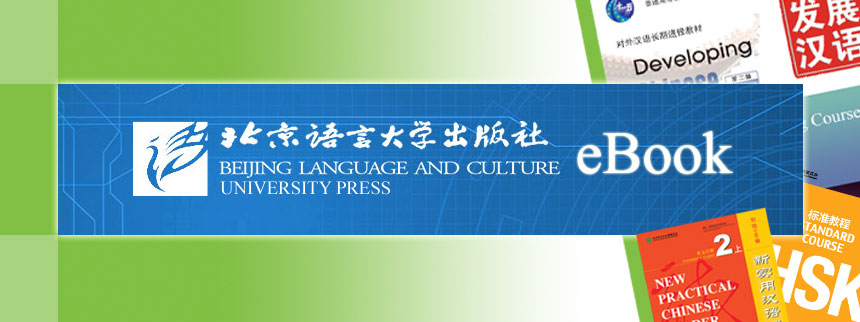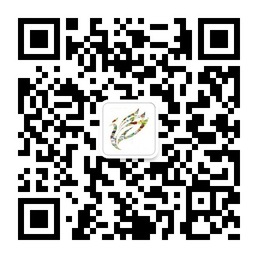Online Bookstore
- Application of Additive Manufacturing Technology (Elementary)(Tajik Language)
- Application of Additive Manufacturing Technology (Elementary)
- Chinese for Food Engineering
- Electronic Information Technology
- Online Reading (Non-downloadable): The Chinese Library Series - Chinese Graded Readers (Elementary): The Monkey King and the White Bone Demon
- Online Reading (Non-downloadable): The Chinese Library Series - Chinese Graded Readers (Pre-intermediate): Folktales - The Mid-Autumn Festival - The Moon Goddess Chang'e
Online Reading (Non-downloadable): Read China Inside Out with Only 300 Chinese Characters
Author:Helen Xiaoyan Wu, Qi Xin, Zheng Yetian
- Medium:eBooks
- ISBN: 9781625753540
- Page Count: 305
- Size:285 × 210 mm
- Pub Date:2025-04
- Annotation Language:English
- Course:Listening,Reading ,Chinese Characters,Vocabulary
- Target Audience(Age):Middle School,College ,Adults
- Target Audience(Language):Elementary ,Pre-Intermediate,Intermediate ,Advanced
- Price:
-
Category: eBook














